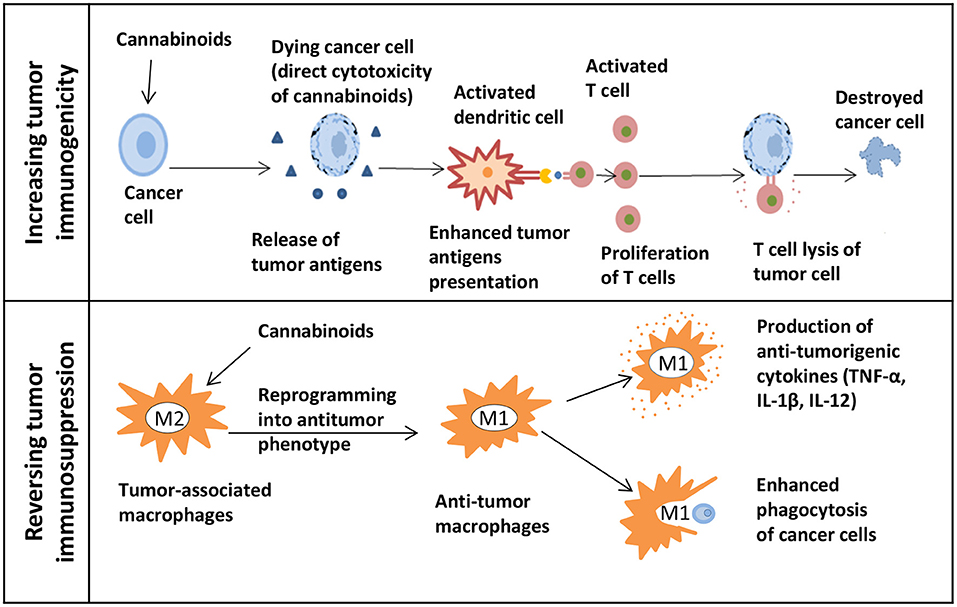
“Background: Cannabis is classified as a Schedule 5 substance under the Narcotics Act B.E. 2522. Among with various modulatory effects of cannabinoids on body functions, two major cannabinoids are known to be used as medicines. They are a psychoactive delta-9-tetrahydrocannabinol (THC) and non-psychoactive cannabidiol (CBD). Currently, THC and CBD are advised to be used for treatment of a variety of medical conditions. Such as cell growth inhibition, anti-inflammatory effects and tumor regression. Although, potential benefit can be found in the medical condition above mentioned. The use of cannabis in some disease states such as cancer remain to be clinically evaluated in both efficacy and safety aspects through systematic research before being generalized for routine use.
Objective: The purpose of this study to investigate the In vitro effects of cannabis extracts on 10 types of human cancer cell line.
Methods: Two cannabis extracts (high THC level and high CBD level) were kept in sterile bottles, in refrigerator, until further use when it was dissolved in DMSO to give a stock solution, filtered and stored at 4 °C. The small percentage of DMSO present in the wells (maximal 0.1%) was found not to affect the experiment. The anti-proliferative activities of cannabis extract on cancer cell lines was determined by MTT assay.
Results: To evaluate the anti-proliferative activity of the cannabis extracts on 10 types of cancer cell line (lung cancer, breast cancer, colorectal cancer, gastric cancer, cervical cancer, ovarian cancer, liver cancer, pancreatic cancer, cholangiocarcinoma cancer, lymphoma cancer), the cells were treated with different concentrations of high THC level and high CBD level for 72h and cell viability was determined using MTT assay.
The results showed that all of cancer cell lines viability significantly reduced in concentration and time dependent manner following treatment with the extract. The IC50 of the high THC level values ranging from 10.80 ±1.03 to 54.60±1.27 μg/mL, and exhibited very strong activity against RBE with IC50 values of 10.80±1.03 μg/mL. The IC50 of the high CBD level values ranging from 6.00±1.16 to 26.00±1.37 μg/mL, and exhibited very strong activity against NCI-N87 with IC50 values of 6.00±1.16 μg/mL.
Conclusions: The results suggest that high THC level and high CBD level is a potent human cancer cells proliferation. Further investigations are needed to elucidate the mechanism of anticancer actions.”
https://he02.tci-thaijo.org/index.php/JDMS/article/view/255013






